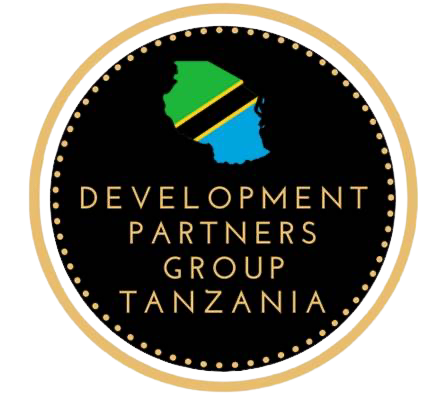/ National Development Planning Frameworks
Towards achieving high and sustained growth and substantial poverty reduction
Tanzania’s development agenda is guided by the Tanzania Development Vision 2025 which spells out the overarching need of achieving both, high and sustained growth and substantial poverty reduction, specifically eradication of absolute poverty.
In order to achieve these goals, a number of policies and strategies have been implemented, starting with a Poverty Reduction Strategy Paper (PRSP) and later MKUKUTA (I and II) which expand the agenda to include growth and Governance as one of the three core outcomes with social services.
Further thoughts on the road map to achieving the TDV 2025 goals and objectives gave rise to development of Tanzania Long Term Perspective Plan implemented through three successive Five Year Development Plans. The main objectives of these plans is to fast track achievement of the TDV 2025 goals through invigoration of investments of growth.
To maximize the synergies between the two national development strategies, MKUKUTA II and the FYDP, Government has extend MKUKUTA II for 1 year (until 2015/16) to fall in sync with the FYDP and to ensure the focus on poverty will be kept and started a joint review process for both MKUKUTA II and FYDP synchronizing the processes. The review process is further taking on board GoT’s commitment to implement the post 2015 development agenda, the outcome document of the Financing for Development conference and other ongoing processes.
Five Years Development Plan III
The Third National Development Plan is the last in the implementation of the 15-year Long Term Perspective Plan which was specifically designed to implement the National Development Vision 2025 which aims to bring the Nation into a middle-income economy driven by industrialisation and human development. The decade of management of the previous two five-year development plans has laid a solid foundation for the implementation of the National Vision and witnessed our country entering a middle-income economy five years before time
Poverty Reduction Strategies
One of the key indicators of development effectiveness is the alignment of aid flows with national priorities and strategies. Tanzania developed its first Poverty Reduction Strategy Paper in the late 1990s, covering the period 1999/2000 to 2002-03, followed by the National Strategy for Growth and Reduction of Poverty (NSGRP), known as the MKUKUTA (2005/06-2010/11) for Mainland and MKUZA (2006/07-2010/11) on Zanzibar
